March is Endometriosis Month. Millions of women and adolescent girls suffer from endometriosis worldwide. According to
Endometriosis.org, a peer-reviewed site, about one in ten women experience endometriosis. The Office on Women’s Health of the U.S. Department of Health and Human Services estimates 5 million American women are affected by endometriosis.
What is endometriosis?
Endometriosis occurs when endometrial tissue migrates outside of the uterus into the ovaries, vagina, bowel, bladder, rectum, and diaphragm. The results of the displaced endometrial tissue is inflammation, scar tissue, and pain. Scar tissue builds bridges between organs and the adhesions decreases the ability of the organs to slide and glide. The restricted mobility of the nerves, muscles, viscera, and surrounding connective tissue can cause blockages and pain.
How is it treated?
Treatment options for endometriosis include pain management, hormonal treatment, and surgery. Manual physical therapy for the pelvis and viscera can help free the restricted tissues and decrease secondary muscle tightness.
Yoga for endometriosis
Yoga is a wonderful adjunct to the traditional medical model. The three limbs of Patanjali’s 8 limbs of yoga to reference are asana, pranayama, and dhyana.
Pranayama
Pranayama are breath exercises to control or enhance prana. We can use pranayama to increase energy in the body or calm the nervous system.
When anyone experiences pain, the natural response is to go into fight-or-flight, or sympathetic nervous system overactivity. With conscious breathing techniques like the Dirgha breath, we can influence heart rate, blood pressure, and muscular tightening in response to pain.
Dhyana
Dhyana is meditation or exercises that give experiences of absorption or dissolution. Guided meditations are often helpful during a pain flare.
Asana
Asana are the physical postures used to balance the energy in your body and prepare the body and mind for meditation. Women with endometriosis will have different physical abilities at different times of the month and day. Here are some postures that might be helpful:
Restorative Child’s Pose
Starting in table top, bring the feet together and knees apart. Place the bolster between your thighs. Rock back so the buttocks are resting on the heels and the chest is resting on the bolster. Stay here for five minutes, meditating on the breath. Visualize the expansion of the rib cage and lengthening the pelvic floor muscles during the inhalation phase of breathing.
Reclined Twist
Start laying on your back. Bring your knees to the right, feeling the lengthening of the tissues from the left armpit to the waist. Stay here for 5–10 breaths then repeat with the knees to the left.
Figure Four Stretch
Start laying on your back. Cross the right ankle over the left knee. Stay here, or bring your left thigh towards your chest, looping your hands behind the thigh. Stay here for 5–10 breaths then repeat on the other side.
Sphinx
Start laying on your stomach. Press the top of your feet and pubic bone into the ground as the arms reach forward. Your elbows are directly underneath your shoulders, forearms connecting with the ground, and palms and fingers press into the mat. Keep the neck neutral, reaching out through the top of the head and out through the feet. Stay here for 5–10 breaths.
As always, please consult the appropriate health care provider before engaging in an exercise program.

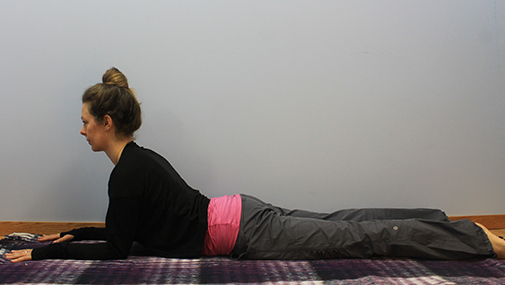
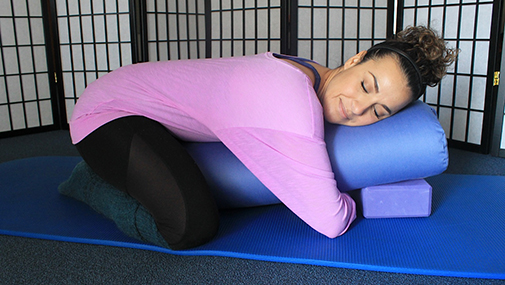
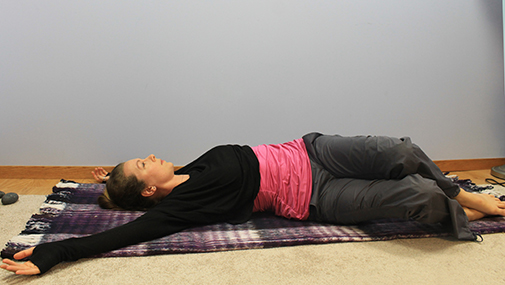
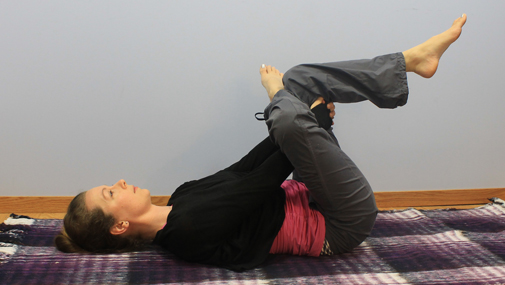
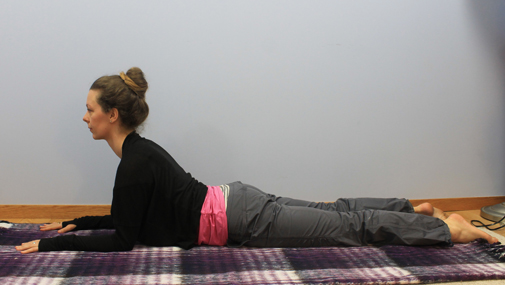
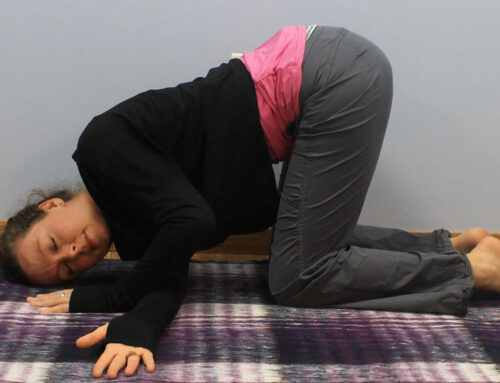
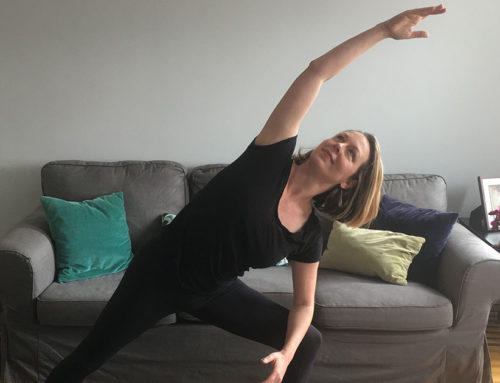
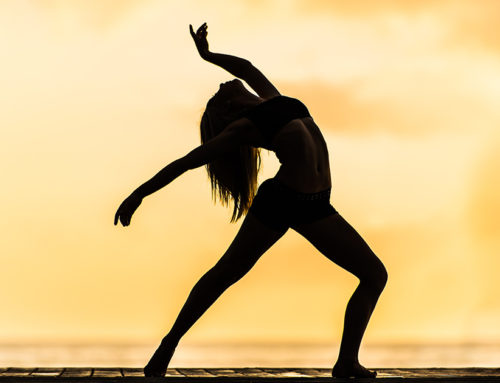
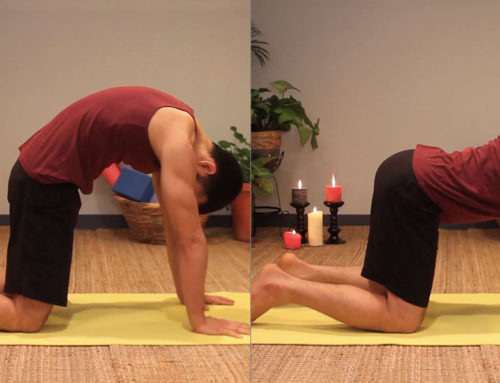

[…] For ideas on yoga postures for endometriosis, visit my previous post: https://yourpaceyoga.com/blog/yoga-and-endometriosis/ […]
[…] This posture is particularly useful for helping manage constipation, abdominal bloating, painful periods, and endometriosis. […]